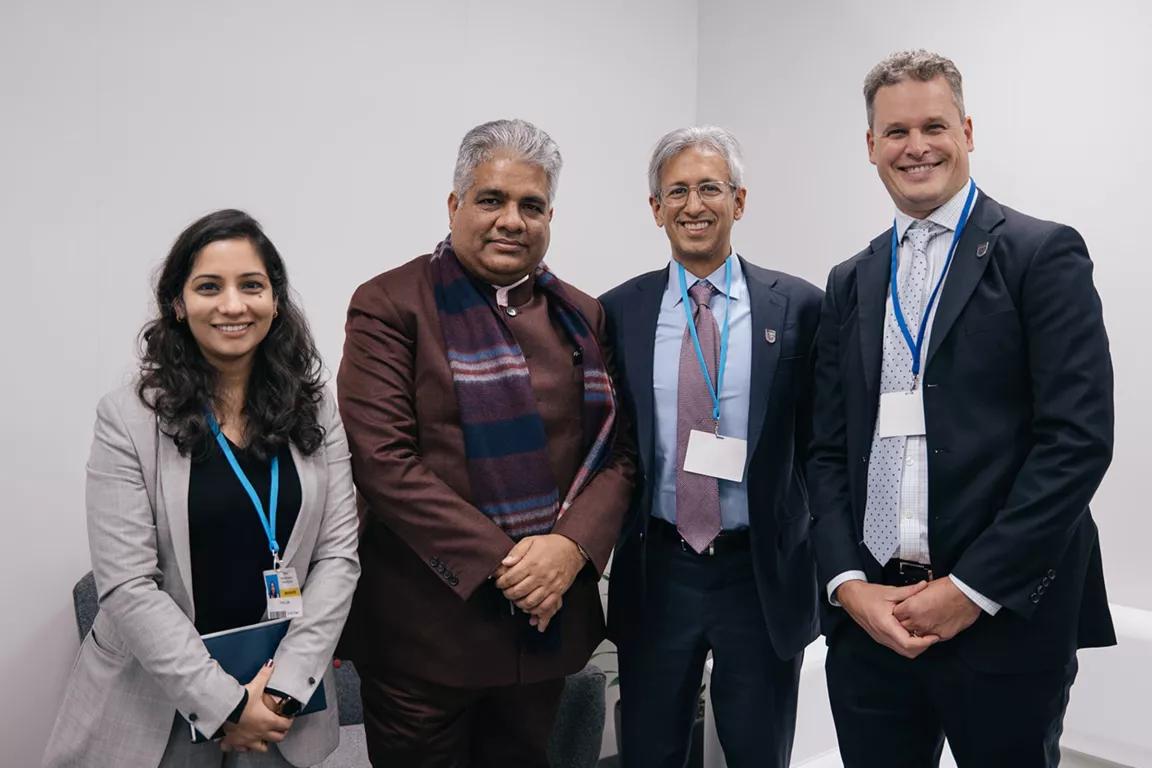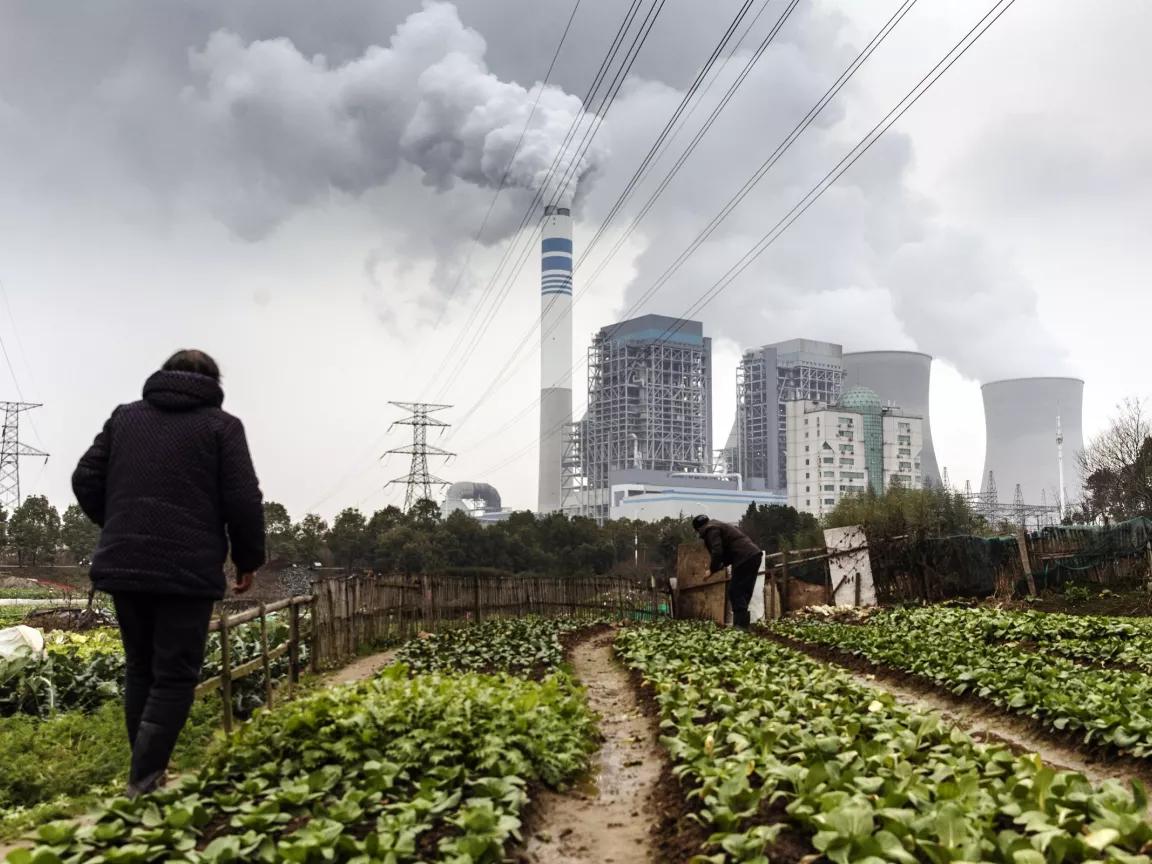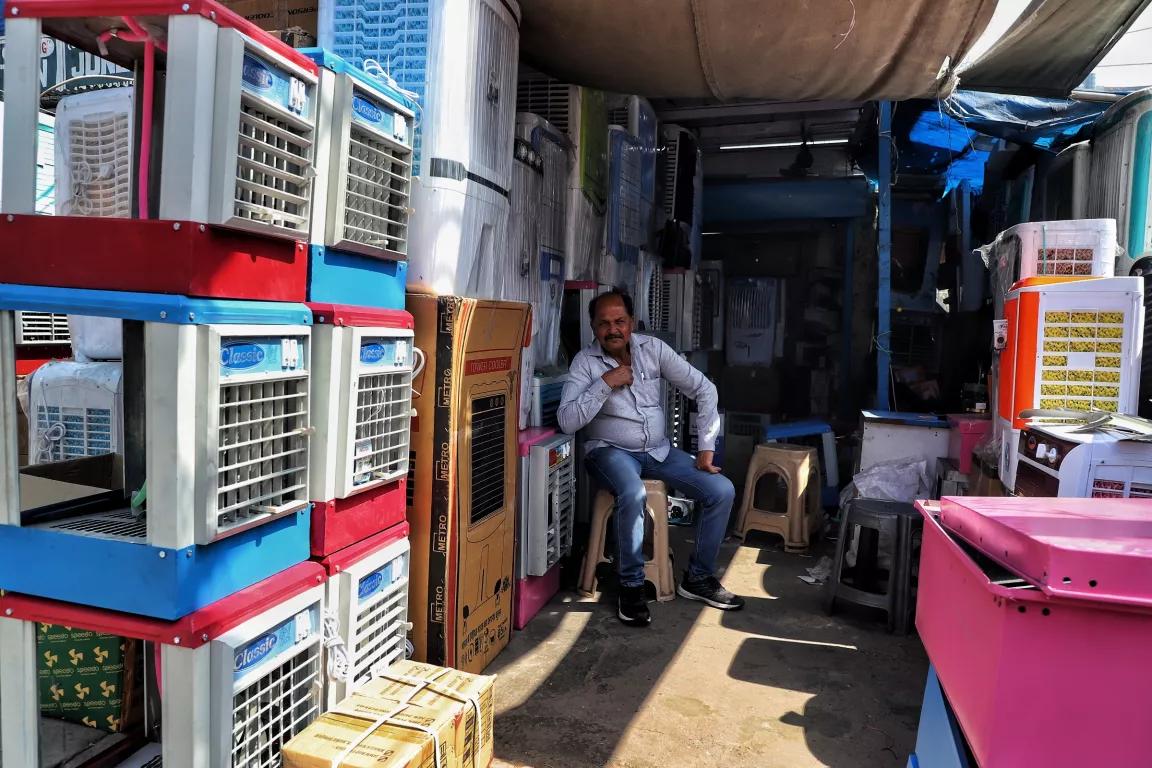Advancing Global Climate Solutions
NRDC is helping ensure we meet our once-in-a-generation climate opportunity head-on.
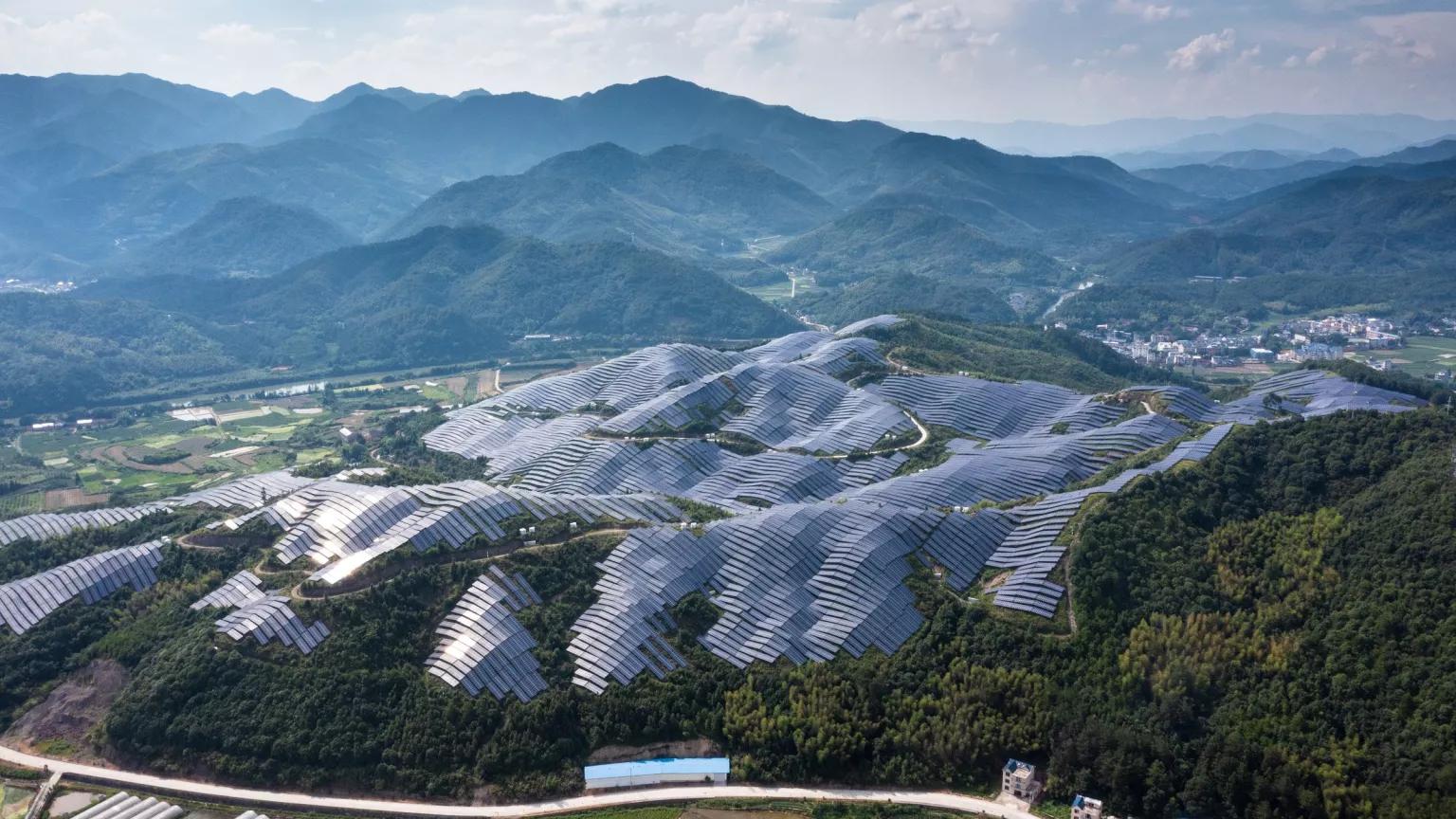
As the stakes of the climate crisis grow, NRDC is increasingly focused on adaptation and resilience, as well as the transformation of key economic sectors—including power, transportation, buildings, industry, and agriculture. And many of the solutions we’ve put forth are gaining traction: In early November, leaders from around the world attended the 26th United Nations Conference of the Parties (COP26) in Glasgow, Scotland, and walked away with the strongest consensus yet that fossil fuels need to be phased out of the global economy. At the same time, we’ve continued to champion bold climate action as fundamental to the inclusive and durable growth that developing nations are seeking. For, in the end, as NRDC president and CEO Manish Bapna has said, “a zero-carbon, climate-resilient, nature-positive world is a more inclusive and economically productive world.”
Climate-Friendly Commitments at COP26
For many years, NRDC’s international experts have participated in the United Nations climate talks. This year, they focused on COP26 as a critical moment to advance the conversation and press for action. We sponsored and spoke at a number of events over the two-week gathering, on topics ranging from deforestation to ocean protection to mobilizing private investments into climate solutions. Leading up to the conference, our experts also played a critical role in shaping conversations and commitments through their advocacy work: meeting with stakeholders, releasing reports, and calling on world leaders to act as stewards for their country’s natural resources and climate-critical landscapes and to accelerate the transition to clean energy.
Coming out of COP26, global leaders demonstrated heightened ambitions for tackling the climate crisis, and many of their commitments reflect the reality that fossil fuels must be phased out of the world economy. The United States and China, for instance, agreed on concrete areas to accelerate their climate actions during this critical decade, while 20 countries pledged to end overseas support for fossil fuels. Meanwhile, over 100 nations, including the United States and the European Union, will cut methane emissions by 30 percent by 2030.
These are needed commitments, but young people—the generation that will be most impacted by the decisions made now—see room for more. As does NRDC. As Bapna reflected after the gathering, “in so many ways, the climate fight advanced in Glasgow has, truly, only just begun.” NRDC will continue to hold those in power accountable for turning their words into tangible policy changes. We'll also keep pushing them to support developing countries in reducing their emissions and adapting to the effects of a changing climate, which that stem from the enormous carbon footprints of developed countries—and are hitting them the hardest.
China’s (Slow) Break from Coal
China is the world’s biggest consumer and producer of coal—and the largest financier of overseas coal projects: In 2020, it commissioned 76 percent of coal projects around the globe. So President Xi’s September announcement at the United Nations General Assembly meeting that the country would stop backing new coal-fired power plants abroad—canceling plans to build about 40 gigawatts of coal power capacity in 20 countries—was a major shift. NRDC has long advocated for an end to overseas coal financing by governments and banks, which have contributed billions of dollars in support for the expansion of coal-fired power plants, to the detriment of our climate.
But change is afoot. Alvin Lin, climate and energy director of NRDC's China Program, and Jake Schmidt, senior strategic director in the International Program, note that prior to China’s announcement, global trends were already pointing to growing investments in renewable energy, in lieu of coal. “In 2019 and 2020, Chinese-backed coal plants worth $47 billion were canceled, mothballed, or shelved,” they wrote. China’s commitment to no longer finance coal power plants overseas solidified this shift, providing an opportunity for the nation to strengthen cooperation with developing countries on renewable energy instead.
NRDC’s China experts also celebrated the country’s domestic commitment made in April to limit the country’s increase in coal consumption by 2025 and phase it down during the following five years. Our June report, coauthored with the North China Electric Power University, found that by capping installed coal power capacity at 1,100 GW by 2025, China can remain on track to accomplish its targets of peaking carbon emissions before 2030 and achieve carbon neutrality before 2060.
“China has the potential to help promote a clean energy revolution around the world.”
Alvin Lin, director, climate & clean energy, China Program, and Jake Schmidt, senior strategic director, international climate, International Program
Sustainable Cooling in India
NRDC has a long history of advocating for and championing climate-friendly cooling in India, which is experiencing increasingly frequent and intense heat waves—and as a result, seeing skyrocketing demand for cooling. In July, we released a clear call for the country to ratify the Kigali amendment to the Montreal Protocol. This agreement among more than 120 countries seeks to phase down hydrofluorocarbons, or HFCs, which are potent greenhouse gases used in air conditioning, insulating foam, and more. India committed to taking this critical step, which has globally significant climate implications: The shift away from HFCs is expected to avoid close to 0.5 degrees Celsius of warming by the end of this century, and the HFCs from India represent a large share.
Did You Know?
As temperatures rise, air conditioner sales in emerging economies are skyrocketing. By 2050, around two-thirds of the world’s households could have air conditioning—a shift that demands that we source more power for cooling from clean energy.
Our work also includes assisting with implementation of cooling measures that do not contribute further to climate change and worsen air pollution, which can have serious implications for public health. Toward that end, this past year, we’ve expanded our partnership with Mahila Housing Trust (MHT), a women-led organization founded in 1994, to promote a cost-effective and scalable cool roof strategy. The strategy seeks to make indoor spaces more comfortable by painting roofs with solar-reflective paint, which can help keep a home’s temperature lower by some 7 to 9 degrees Fahrenheit during the summer. “It’s not only great for people in the house, but it can also reduce the urban heat island effect if you have a large area of the city covered in cool roofs,” says Sameer Kwatra, who helps lead NRDC’s work in India. In that way, the women of MHT are not only helping to keep their families cool but their neighbors too.
More Highlights from 2021

Building a Healthier Food System

Advancing Clean Buildings and Transportation

Championing Conservation as Climate Action
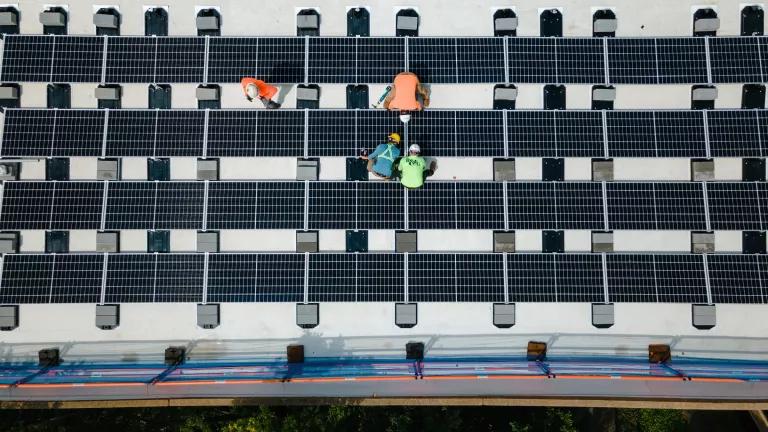
Clearing the Path for Clean Energy

Protecting Public Health
Time to Go Big
Check out the rest of our annual report for an overview of what we've accomplished in 2021.


